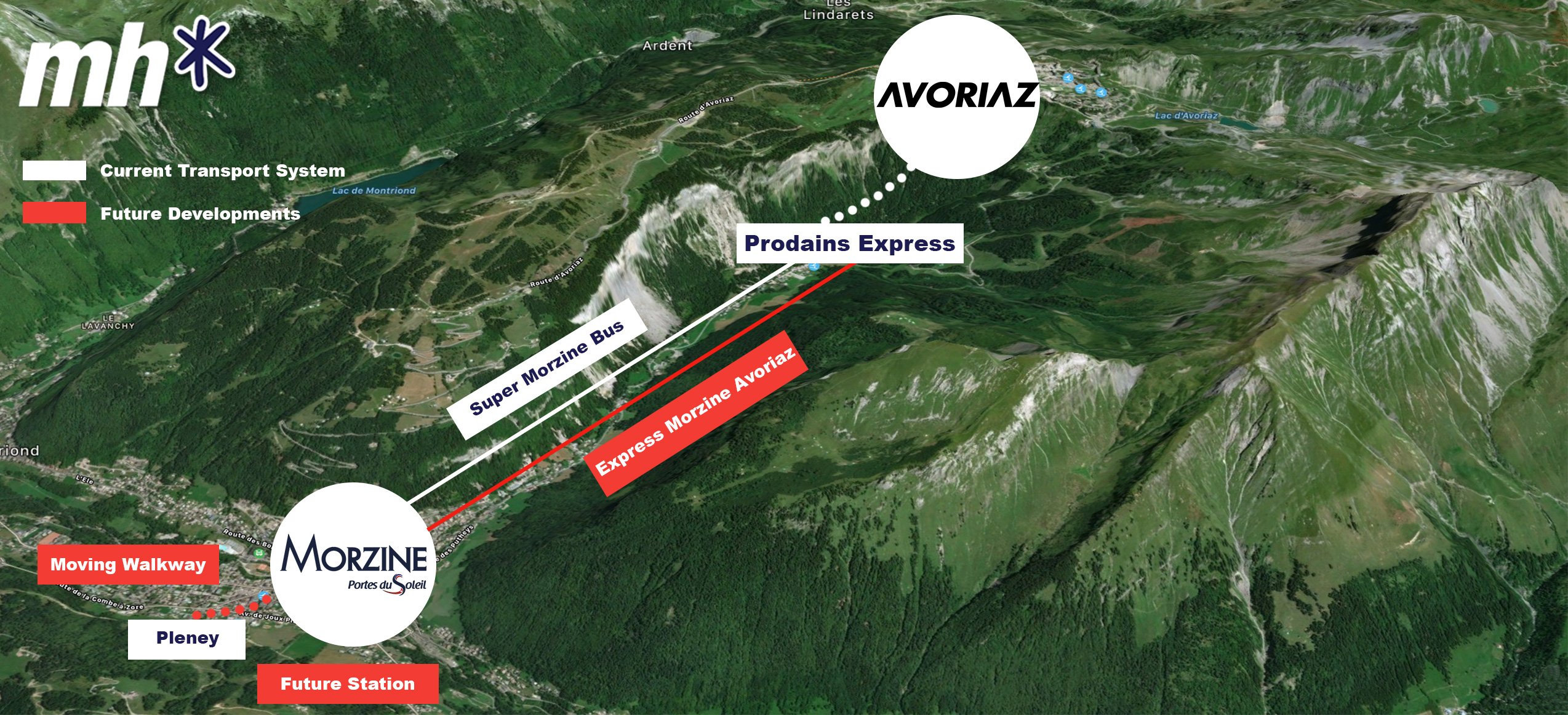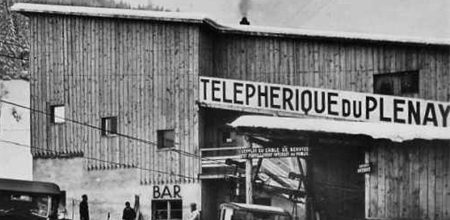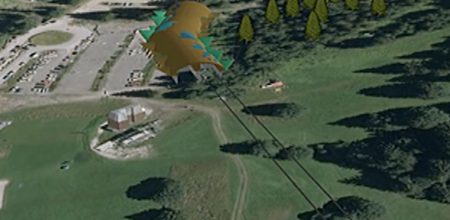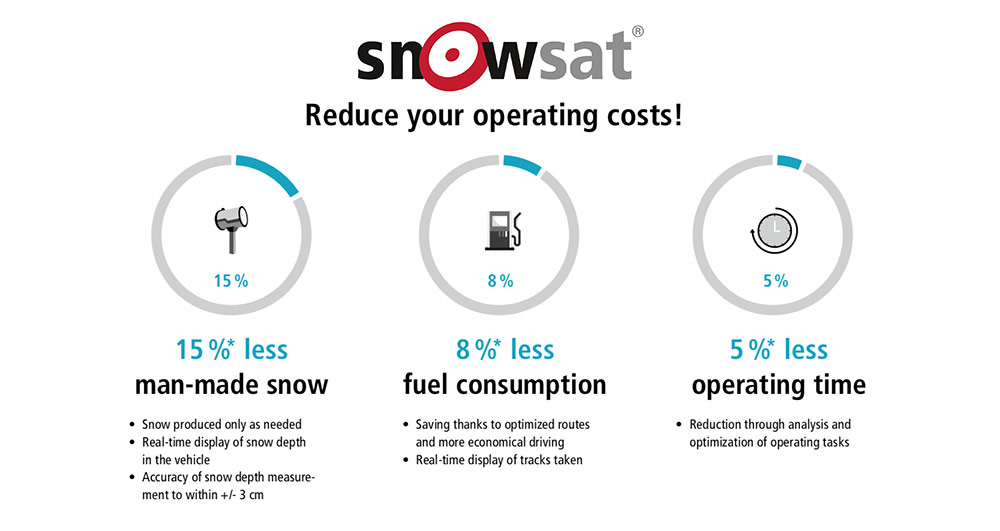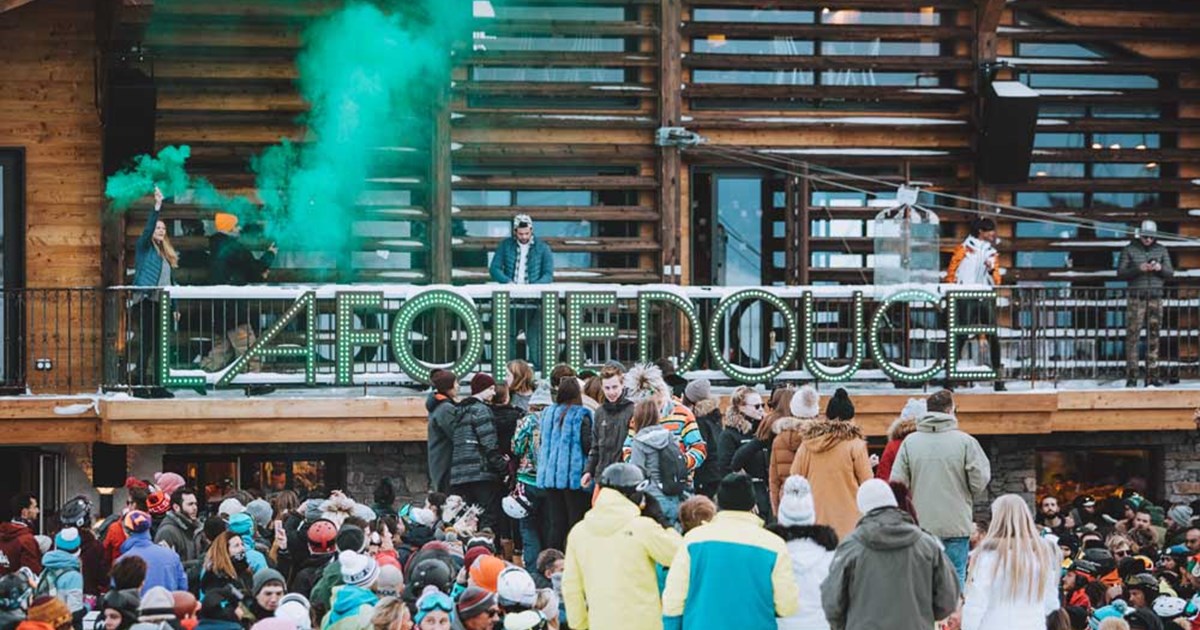Fatmap, The 3D Ski Mapping App
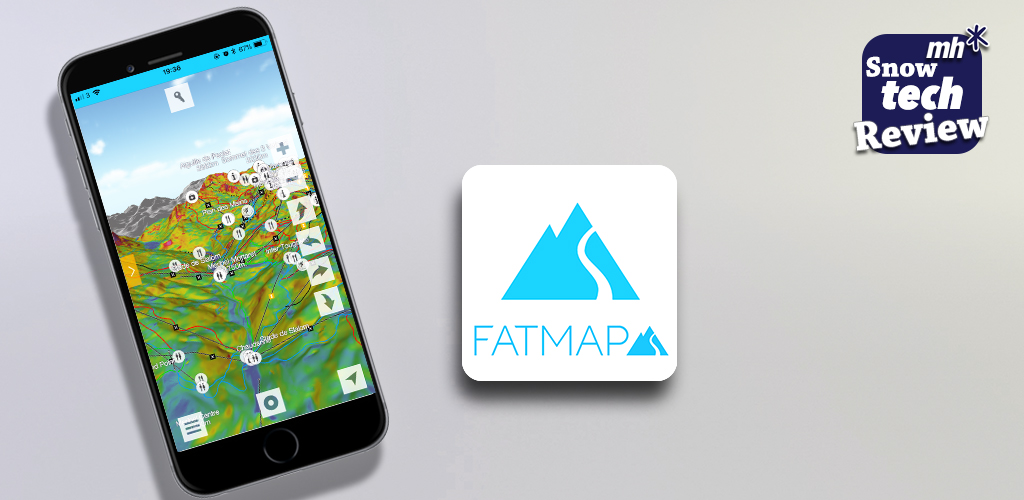
What is Fatmap?
Fatmap is a 3D ski mapping app, providing you with high resolution satellite imagery and the ability to plan your routes smarter, safer and with confidence. With technology constantly developing for the better, this app reinvents the way ski enthusiasts interact and explore the slopes and it’s pretty awesome. It provides you with information that you would normally miss or would not expect when you’re out on runs, so you can discover new attractions and cool things around pistes on the go. Want to plan a route that tests your ski or snowboard skills? Or have you ever thought about stopping at a restaurant you want to visit in the Meribel or Courchevel? This app has got you covered.So what does it do?
Fatmap currently covers over 50 ski summer and winter resorts across the world, both summer and the app contains detailed information on pistes, lifts, mountain gradients, parks, first aid and a whole lot more. It acts as a great guide if you’re looking for a bit of structure during your ski trip and it’s extremely beneficial if you’re one to plan your routes in advance, so you know exactly what to expect when you’re on the slopes. Rather than trying to read a piste map and carry it along with you on the slopes, the app allows you to plan and navigate your routes with an interactive 3D map – and one thing is for certain, you can’t do that with a paper piste map! Piste maps are often inaccurate and difficult to work out for many. But let’s talk about the key features of the ski app:- Coloured coded map when viewing terrain tools
- You can see the 3D dimensional shape of runs, dips, twists and turns
- Showcases risk zones e.g. avalanche, crevasse
- GPS enabled navigation so you can track your routes
- Freeride option provides you with various freeride routes
- Provides you with detailed information regarding lifts in the resort
- Location sharing lets you share your location with friends
- Emergency tool offers essential information if an emergency does occur
App review video
Take a look at our quick, 60 second review video on the app and let us know what you think!Pros and Cons

There are many great features on Fatmap, especially if you’re thinking of exploring the mountains alone or if you want to check in on your friends to see which routes they are trying to conquer. The content within the app is detailed and easy to view, catered to all types of skiers and snowboarders.
There is a free version of the app and the premium version. The free version only allows you to use a few of the features, so to unlock Fatmap’s true potential, the premium version allows access to all of your maps and features offline. You don’t have to worry about interrupted performance or your mobile phone data bill, you can purchase the premium version for £9.99 a month or £28.99 for the year. Don’t forget, you can use Fatmap for other outdoor activities too such as hiking or mountain biking too!
